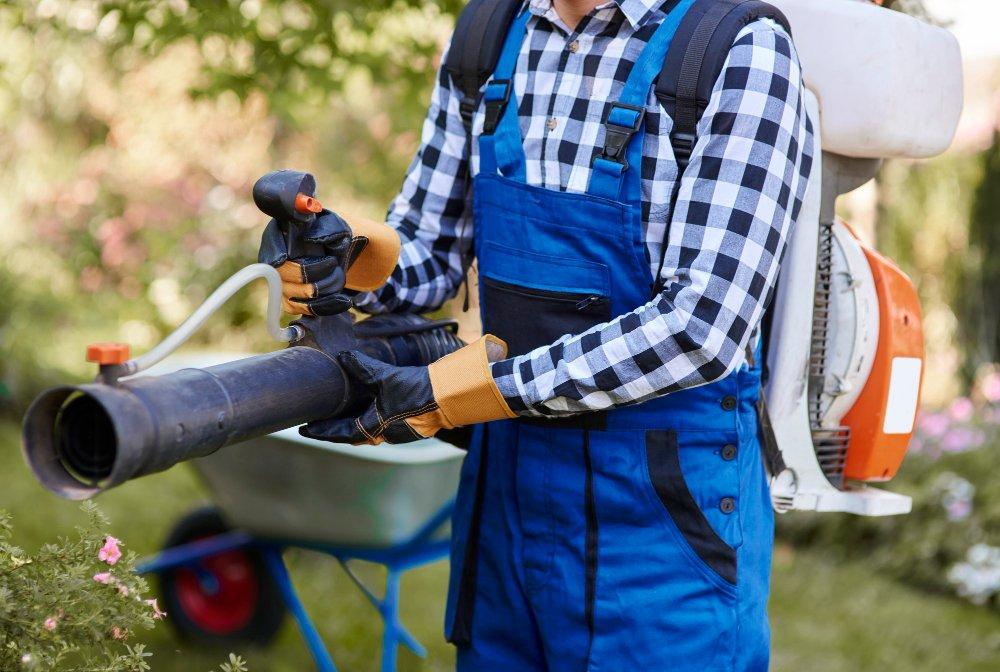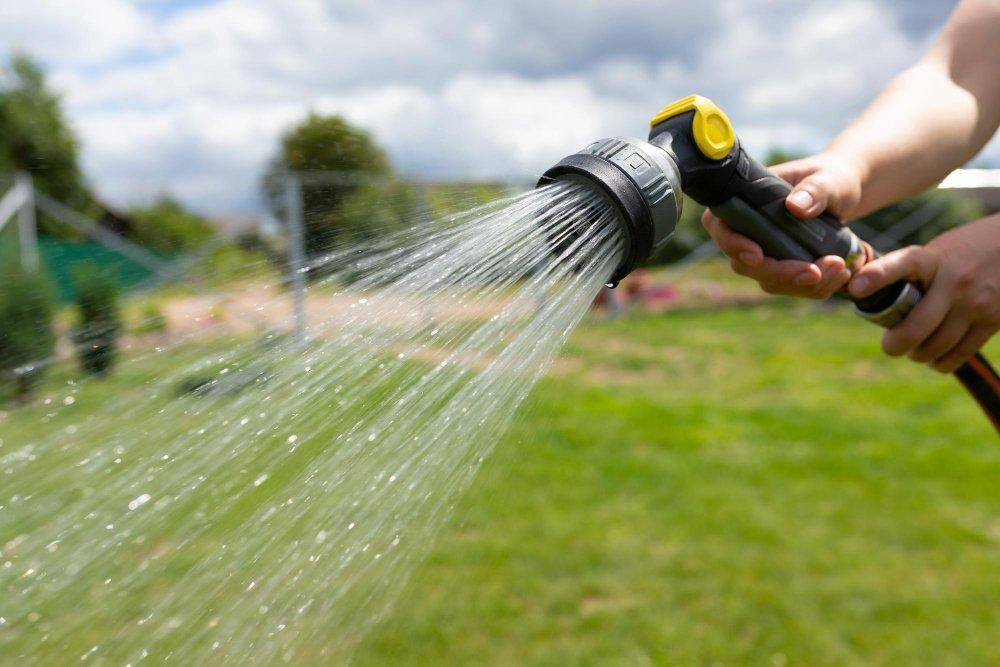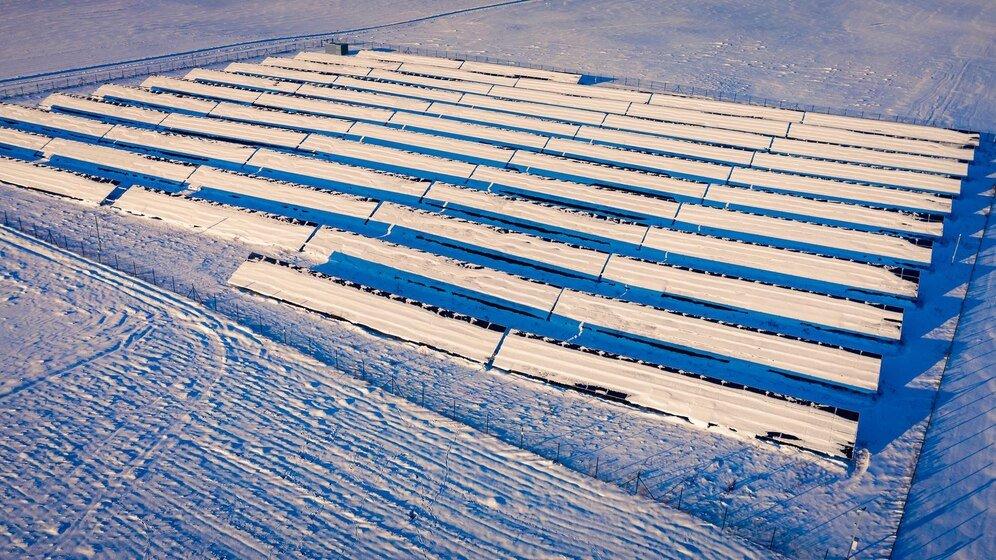Every homeowner must invest in solar panels because they play a significant role in reducing utility bills. Plus, they provide clean and green energy without fumes. That’s a win-win.
What’s more? Solar panels last for a long time, around 25-40 yrs. So you don’t have to worry about replacing them sooner. Before the panels become ineffective, you can enjoy eco-friendly power for many years.
But it’s only possible if the solar panels are receiving direct sunlight. If something is coming between the panels and sunlight, say a thick layer of ice, the panels might not produce power.
Finding ways for Snow Removal from Solar Panels is better. Keep in mind that working with thick ice layers can be dangerous. Therefore, you must be cautious while removing the snow.
Tips For Snow Removal From Solar Panels
If you have snow-covered panels, follow these few simple snowfalls and ice removal tips. You can also discuss these best snow removal solutions with your friends and family to help them keep panels working correctly.
#1 Use a Roof Rake
You can use a roof rake[1] designed for snow removal from solar panels. A roof rake is a tool designed to remove snow debris, snow, or ice from a home’s roof. It keeps the roof damage-free and as clean as possible.

It has telescoping handles to reach the rooftop while staying safe on the ground-mounted system. So, if you have snow on solar panels, use this tool to reach the high points for safe snow removal.
#2 Use Soft Bristle Outdoor Broom
Like roof rakes, soft bristle outdoor brooms also come with telescoping handles. That means you can easily reach the far points on the roof, scrape off the snow, and clean the solar panels.
Ensure you only use a soft bristle outdoor broom; otherwise, you might damage the solar panels. In addition, ice or snow falling from the roof can cause a significant injury to someone standing below the roof’s edge.
In addition, large ice chunks or snow drifts can unexpectedly slide off the roof. That means you must properly remove the ice because there is a high risk of the roof sliding off unexpectedly.
#3 Remove Snow Using a Leaf Blower
You can use a primary leaf blower to remove light and fluffy snow from solar panels. While working with this tool, avoid facing the roof’s edge to avoid fatal injuries.

It would help to stay alert when standing on a ladder because using a leaf blower and maintaining balance can be challenging.
#4 Spray Snow with a Hose
You can use a garden hose to keep solar panels clear. But this tool should only be used when the weather is warmer, so there remains no risk of snow freezing.

When you spray the panels using a standard hose, the lukewarm water from the hose melts the ice so it can fall off.
#5 Use a Soft Ball
You can create gentle vibrations using a softball to remove the light snow from the solar panels. You might gently hit the solar panels with a softball, but only when you have a good arm and aim.
But if the solar system has thick ice, you might want to avoid this trick, as the Nerf ball will get stuck on the roof.
#6 Trim Tree Branches
Tree branches not only hinder the sun’s rays from falling directly on the panel but can also hold layers of snow. Thus, it would help to regularly trim the tree branches so the ice does not get stuck on the solar panels.
This way, you can reduce the risk of a thick layer of snow accidentally falling and injuring someone. Your safety isn’t worth risking.
#7 Properly Angle the Panels
Areas more prone to snowfalls have home roofs angled downwards. It encourages the heavy snow to fall off without forming a thick layer.
Similarly, you can align your solar panels so the snow can fall off the surface.
If the snow is constantly building up on the solar panels, you can try changing the angle so the snow can fall. For this, you can contact professional panel installers.
#8 Use Pulley Operated Tarp
If you think you are mechanically inclined, get a pull-operated tarp system for the roof. Before the heavy snowstorm starts, you can pull the tarp over the solar panels and remove it after the snow stops.
It would help if you were mechanically inclined because a small mistake can create cracks or damage. Try getting rust-resistant pieces and plastic tarps so the ice will run off.
You can read how to remove snow from solar using a pulley-operated tarp system and producing electricity from related blogs.
#9 Use a Heating System
If you live in an area prone to receiving heavy snow storms, get a heating system designed for solar panels. The heating system is designed to heat the small hoses or pipes slowly. It can also heat the electrical wires that are attached to the coil.
The snow will melt quickly when the wires or pipes get warm enough. For snow-covered solar panels, you must consider getting a heating system.
Why Must You Clean Snow and Ice from Solar Panels?

As you know, solar panels absorb sunlight and convert it into clean power. But for this, the solar panels must remain unobstructed.
If your solar system is often covered with debris, snow, ice, mud, or something similar, the panels might not absorb the sunlight properly. After some time, they will even lose their effectiveness.
Dirt covering the panel is doing no good. You must keep the solar panels as clean as possible to get plenty of clean energy. Comparatively, solar panels absorb less sunlight in winter months than in summer. So, snow-covered panels will offer limited solar electricity.
Solar panels can stay in good shape for a long time. Panels are designed to resist cracks and etching. But snow and ice buildup can significantly damage their surface. They can scratch the surface and create obstructions. For this reason, you must regularly keep the panels clearing snow and ice off.
How to Keep Solar Panels Clean Throughout the Year?
Besides the winter season, you must keep the panel clean throughout the year. You must ensure that the solar panels get unobstructed sunlight year-round. That’s because the more sun rays solar panels absorb, the better they can supply energy.
So, if you don’t want to compromise the performance and efficiency of the solar panel, follow these tips:
- Regularly Trim Tree Branches: Trimming the tree branches does not prevent sunlight from reaching the panels. Hanging tree branches drop leaves, moss, acorns, and seeds, damaging the panels. When regularly pruning the branches, you can offer maximum sun exposure to the panels and keep them clean.
- Use Garden Hose: If you live in a dusty area, debris, and dust might get stuck on the panel, hampering its performance. You can use high-performance hose scrub and power wash the panels in such cases. Cleaning the panel with a hose once or twice a month will ensure unobstructed sunlight.
- Use Gentle Dish Soap: If the solar arrays are not cleaned after rinsing, you can use gentle dish soap by diluting it in a bucket of water. You will need a soft sponge and squeegee to remove thicker dirt and dust. While cleaning the solar panels with dish soap, you need to be careful so you don’t scratch the panels.
- Adjust the Angle: Simply working with a technician and adjusting the angle of the solar panel can do wonders. A slight tilt can make the debris fall off the panels, keeping snow off solar panels for a long time.
What to do When Snow Hits the Solar Panels?
Doing a few things would help when the snow hits the solar panel. Of course, you need to clear snow safely so the panels don’t lose their efficiency. In addition, you must try certain energy-saving practices.
For instance, you can save clean electricity by switching off the lights you don’t need. You can also remove appliance plugs to save energy.
In addition, you can consider insulating the batteries so they can work efficiently throughout the cold climate. Try offering enough insulation and heat to the batteries to perform their best even during low temperatures.
Do Solar Panels Work in Winter?
Solar panels work in winter, but the number of sun rays it receives decreases. During winters, sun rays come at a low angle. That means little sun rays reach the panel, generating less solar energy.
But solar panels are known to produce electricity except for extremely cloudy days and shorter winter days.
Solar Panel Productivity in Winters
Solar panel productivity is usually affected by three things, i.e., temperature, cleanliness, and light availability. Here’s how these three factors influence performance.
- Temperature: Many people don’t know this, but solar panels are designed to work efficiently in cold temperatures. If the days are not cloudy, the panels will operate efficiently.
- Light Availability: Considering the light availability, it can be said that solar panels are at a more significant disadvantage in winter. That’s because there are few daylight hours when the climate is colder. In addition, the sun’s rays also don’t fall on the panels directly as the sun is much steeper.
- Panel Cleanliness: The panel’s efficiency can be compromised by anything obstructing direct sun rays. Performance might get compromised, whether by dirt, dust, or snow. So, it would help if you quickly clean the panels to operate fully and functionally.
Not to mention that extreme snowstorm temperature swings can make the panel contract and expand. It mainly happens to cheap and poorly made panels. That’s why you must purchase good-quality panels.
Conclusion
There are many ways to keep solar panels clear of snow and ice from solar panels without causing damage. If the snow problem seems more extensive, you must hire a professional to remove the snow safely.
But if you can handle the problem, consider trying one of the ways we have discussed in this post to keep solar panels free. You must always go gentle no matter what snow falls cleaning method you select. Otherwise, the panels might get damaged. Or you can do nothing and just let the sun melt the snow.

